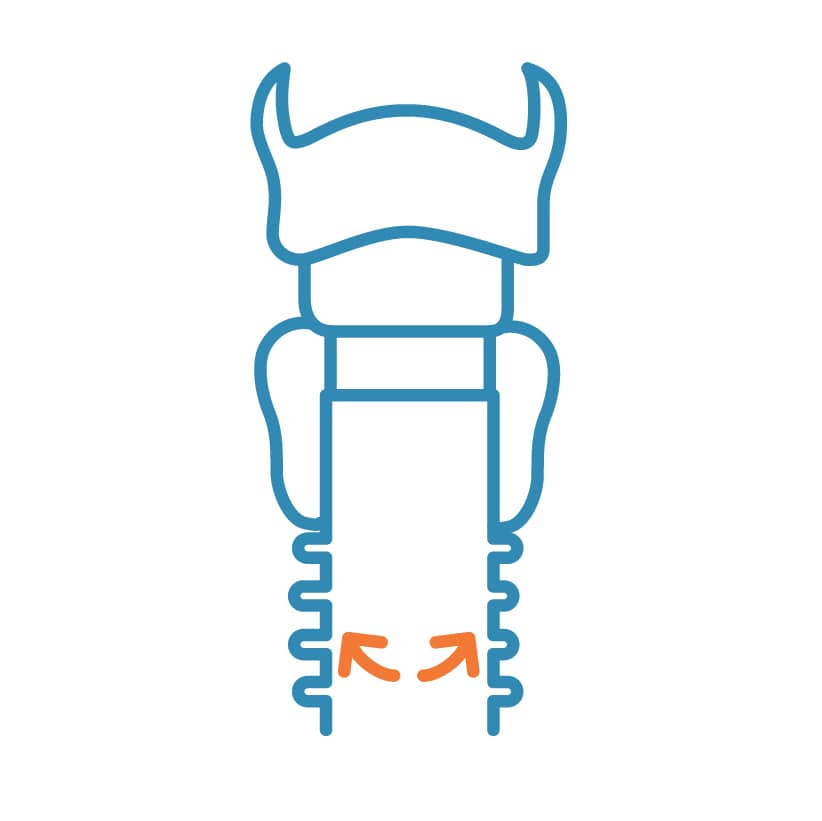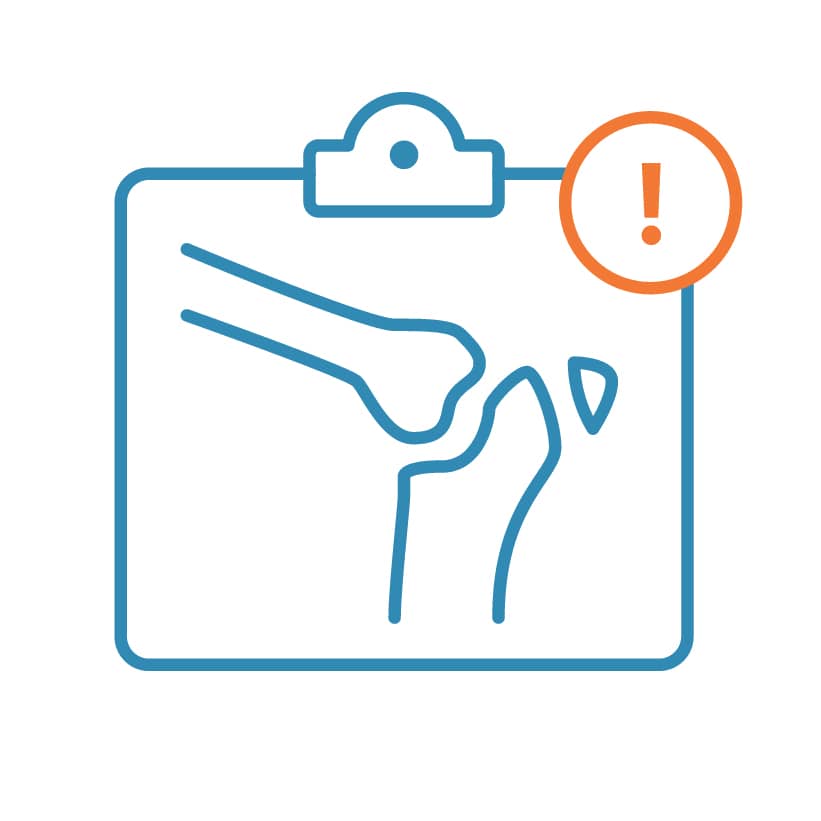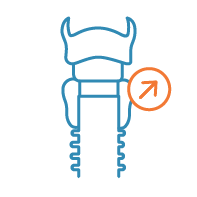And learn how to proactively plan for it
You want your pet to enjoy a long, healthy, happy life with you, and that comes with a cost. The first step in the journey is knowing what costs other pet owners like you have experienced.
Calculate the expected cost of your pet’s future veterinary care
And learn how to proactively plan for it
You want your pet to enjoy a long, healthy, happy life with you, and that comes with a cost. The first step in the journey is knowing what costs other pet owners like you have experienced.
In each field below, select the options that best describes your pet to discover the average annual cost you can expect to pay for veterinary care at the selected life stage.*
My pet is a:
The breed closest to my pet is a…
The life stage (age) closest to my pet is…
The following is actual claims data for accident, illness and preventive care invoices submitted over a 5-year time period.*
${{791}}
The average annual cost of veterinary care for a {{5-year-old}} {{Large Mix dog (51-100 lbs)}}.
${{1,775}}
The average cost for a {{5-year-old}} {{Large Mix dog (51-100 lbs)}} with at least one vet visit for an accident or illness.
Over 50% of owners with a {{Large Mix dog (51-100 lbs)}} in the same life stage (age) as your pet spent between ${{830}} and ${{5,248}} within one year on veterinary bills.
Below are a few conditions commonly found in a {{Large Mix Dog (51-100 lbs)}} at any age and the actual costs that pet owners spend treating these conditions over the course of one year.** Some conditions may require ongoing treatment over the course of the pet’s lifetime. Are you prepared for the lifetime costs of veterinary care for your pet?

Mast cell tumor
Malignant skin tumor
$7,868

Cranial Cruciate Ligament
Knee ligament injury
$5,831

Inflammatory Bowel Disease
Inflammatory Bowel Disease
$7,330

Collapsing Trachea
Collapsing windpipe
$7,880

Medial Patellar Luxation
Loose kneecap
$6,377

Pancreatitis
Inflammation of the pancreas
$9,440

Cushing’s disease
Excessive cortisol
$7,579

Intervertebral disc disease
Herniated disc
$9,886

Periodontal Disease
Dental disease
$4,302

Heart Murmur
Heart Murmur
$6,021

Gastroenteritis
Vomiting and diarrhea
$4,412

Elevated Liver Enzymes
Epilepsy
$7,124

Otitis-unspecified
Ear infection
$5,139

Corneal Ulcer
Ulcer on the eye surface
$3,357

Gall Bladder Mucocele
Obstructed Gall Bladder
$8,044

Seizures
Seizures
$5,437

Abdominal tumor
Cancer in the abdomen
$4,567

Kidney Disease
Kidney failure
$8,074

Lymphoma
Blood cancer
$8,408

Separation Anxiety
Separation Anxiety
$3,317

Chronic Vomiting
Chronic Vomiting
$5,293

Splenic Mass/Cancer
Cancer of the spleen
$7,934

Exocrine pancreatic insufficiency
Digestive enzyme deficiency
$3,605

Hip Dysplasia
Abnormal hip development
$10,234

Elbow Dysplasia
Abnormal elbow development
$8,313

Diabetes
Diabetes
$6,895

Laryngeal Paralysis
Paralyzed larynx
$4,134

Chronic renal failure
Kidney failure
$4,925

Urethral Obstruction
Urinary tract blockage
$9,154

Pancreatitis
Inflammation of the pancreas
$8,314

Hyperthyroidism
Overactive thyroid
$3,759

Periodontal Disease
Dental disease
$2,793

Lymphoma
Blood cancer
$7,216

Diabetes
Diabetes
$6,551

Constipation
Constipation
$3,527

Heart Murmur
Heart Murmur
$4,014

Odontoclastic Resorptive Lesions
Tooth resorption
$3,191

Asthma
Asthma
$5,662

Kidney Disease
Kidney Disease
$7,987

Inflammatory Bowel Disease
Inflammatory Bowel Disease
$10,058

Hairball
Hairball
$4,036

Bladder Stone
Bladder Stone
$2,818
Do the real-world costs of your pet’s veterinary care surprise or worry you?
If so, there are ways to help you prepare for both the expected and unexpected costs of providing the best veterinary care for your pets.

Pet Insurance
It’s not easy for a pet owner to decline the treatment their pet needs because of cost. Pet insurance reimburses veterinary costs up to 90% for things like accidents and illnesses and makes it easier to say yes to recommended treatments.
Wellness plans
Wellness exams, vaccines, and other preventive care can help keep your pet from getting sick. Wellness plans are designed to spread out the costs of the routine care that your pet will need over the year, rather than paying a lump sum at your annual or bi-annual wellness visit.
Third-party payment plans
Third-party payment companies offer payment plans for a pet owner’s veterinary bills. Unlike pet insurance plans, the pet owner must repay the third party in full, plus any interest accrued.

